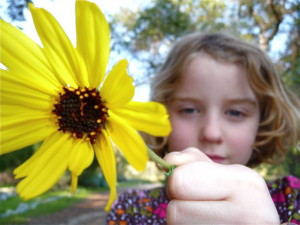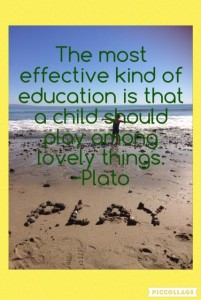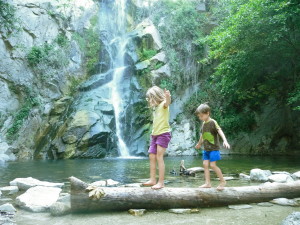More breaks, more play, less testing, and no homework!

You have probably heard about Finland’s success in the PISA study. The Programme for International Student Assessment or PISA assesses and compares 15-year-old students all over the world. So what can be learned from one of the most succesful educational system in the world? When looking at Finland’s success it seems almost too good to be true. Why not try some of their educational ideals? Join in by implementing these simple ideas into your daily routine.
Take Breaks!
Break up your day with several short breaks. Finnish children have more recess time. Usually they get a break every 45 minutes. If you teach in the United States you have to teach Physical Education. Many districts even require you to certify your PE minutes. These PE minutes can be used to bring a little bit of Finnish glory to your classroom right now. Every 45 minutes take a 10 minute PE break. This way you get in your PE time and optimize your learning environment. There are many studies supporting frequent exercise breaks. If your administrator is worried, let them know about the importance of brain-derived neurotropic factor. You are not taking things easy. You are on top of it with cutting edge teaching techniques!
No More Homework
Put the homework package down and slowly back away! Imagine how freeing this would be. No more grading, no more hunting after missed assignments, you can do it! Seriously, at least cut it to your district guidelines. You might be surprised how little homework your school district recommends. Most guidelines recommend 10 minutes for each grade level. This adds up to only 10 minutes for a first grader!
Bring Back Imaginative Play!
Allow room for imaginative play in your classroom. You could have a doll house or stuffed animals. Bring back a play kitchen and dress up center. This can be part of your classroom reward system or your Friday activity. If you are using Writers Workshop in your classroom you can include imaginative play in your prewrite activity.
Take Your Breaks
Take your breaks! You need them. No more copying during lunch and recess. You need your breaks just as much as the kids. Finnish teachers get lots of breaks and planning time. Use the little time you have wisely. Go for a walk, watch a TED talk, or read a good book. Teachers in Finland do and they are much more respected than their American counterparts.
Less Testing
You probably are required to use some standardized test. They are usually very comprehensive. Do you really need any more than that? There are many alternative assessments available as well.
Can It Be This Easy?
Teach PE every day, forget about homework, include playtime, take your breaks, and test less. Sounds great, right? Even if you might not be able to try all of these ideas immediately, start with one or two and see the difference it will make for you and your students.


